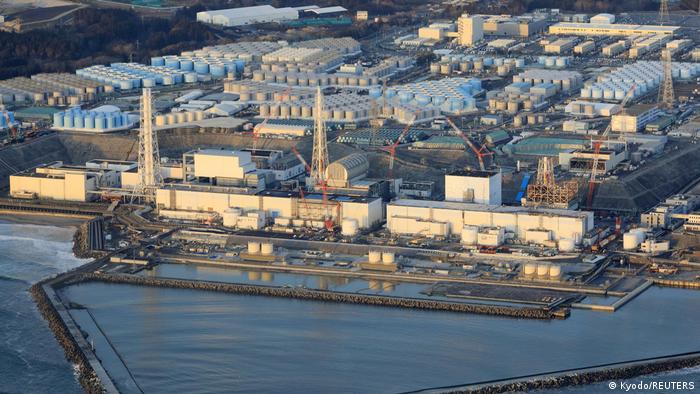
Radioactive cesium five times above permitted levels in Japan has been detected in black rockfish caught in northeastern Fukushima Prefecture, according to a Feb. 22 announcement by a local fishing association.
Some 500 becquerels per kilogram of cesium was found in black rockfish caught at a depth of 24 meters about 8.8 kilometers off the town of Shinchi, exceeding the national standard level of 100 becquerels per kilogram.
The Fukushima Prefectural Federation of Fisheries Co-operative Associations has since halted distribution of the fish until it can confirm their safety.
The voluntary suspension of seafood shipments by the fishing body marks the first time since October 2019, when 53 becquerels per kilogram of radioactive cesium was detected in a white sea perch, exceeding the standard level set by the group at 50 becquerels per kilogram.
The fishing association has been conducting test fishing since June 2012 on a limited scale. After shipping restrictions on common skate were lifted in February 2020, shipment of all fish was permitted. The fishing body aims to resume full fishing operations in April.
It’s been 10 years since Japan’s worst nuclear accident, which was triggered by the most powerful earthquake ever recorded in the country and a massive tsunami that wiped out everything in its path.
Yet the aftershocks from the devastating March 11 disaster continue to rattle these parts — the most recent occurring only a week ago, when a M7.3 earthquake hit on February 13, 2021.
It is not clear whether the radioactive substances in the offshore fish have been affected by the recent earthquake in the sea near Fukushima. But one thing is clear… Leaks and pressure drops have been reported in containment vessels after the quake.
Increase in radiation
The company’s errors have immediate implications, as monitoring equipment installed at sea off the plant detected a small increase in highly radioactive caesium in the days after the earthquake, indicating that water had indeed escaped from the site and was dispersing into the ocean.
And that coincided with the announcement that a black rockfish caught off the prefecture by a fishermen’s collective had caesium levels five times above the government’s permitted levels.
The revelations surrounding TEPCO’s latest problems is unlikely to reassure the public that produce from much of northeast Japan is safe to buy and eat.
Fukushima’s earthquake problems
The fallout from that incident was worsened after a serious earthquake on February 13 shook northeast Japan, including the Fukushima nuclear plant.
Seismologists said the magnitude 7.3 tremor was the largest to strike Japan since April 2011 and was actually the latest aftershock from the Great East Japan Earthquake nearly a decade ago.
TEPCO admitted a short while later that seismometers installed in two of the reactor buildings broke down last year and had not been repaired.
In addition, a report to the NRA confirmed that the earthquake caused radioactive water to slosh over the edges of containment tanks at the site, while the water level around two of the reactors has fallen.
That could indicate that the tremor enlarged existing fissures in the surrounding concrete or created new ones, enabling the escape of water that is needed to keep the reactors cool and prevent the release of more radioactivity into the atmosphere.
The incident “raised doubts” about TEPCO’s “fitness to operate nuclear power plants. Meanwhile, the utility must thoroughly reexamine every conceivable issue and raise its workers’ safety awareness to prevent missteps, once and for all.
Fukushima radioactive water problem
And how do you remove a million tonnes of contaminated water? All of the water that touches the highly radioactive molten fuel also becomes contaminated.
Although the Advanced Liquid Processing System (ALPS) removes more than 60 different types of radioactive materials from the water, it doesn’t completely purify it. The radioactive element, tritium, remains inside all of the stored water, albeit at “low” levels
Currently, 1.2 million tonnes of contaminated water is stored in more than 1,000 tanks spanning the entire power plant facility. But by the end of next year, the tanks and the site will be full.
The Japanese government is now weighing up what to do next. Experts have recommended disposing of it in the ocean as the most practical option as opposed to releasing it into the air.
Meanwhile, tritium water from nuclear plants is discharged all around the world… And Japan’s nuclear disaster site is still a hive of activity. TEPCO has spent the last 10 years trying to cool and stabilise the three reactors so that they can eventually start to remove the 800 tons of molten radioactive fuel debris that sits inside them.
One thing is clear: the revelations surrounding TEPCO’s latest problems is unlikely to reassure the public that produce from much of northeast Japan is safe to buy and eat.
Now subscribe to this blog to get more amazing news curated just for you right in your inbox on a daily basis (here an example of our new newsletter).





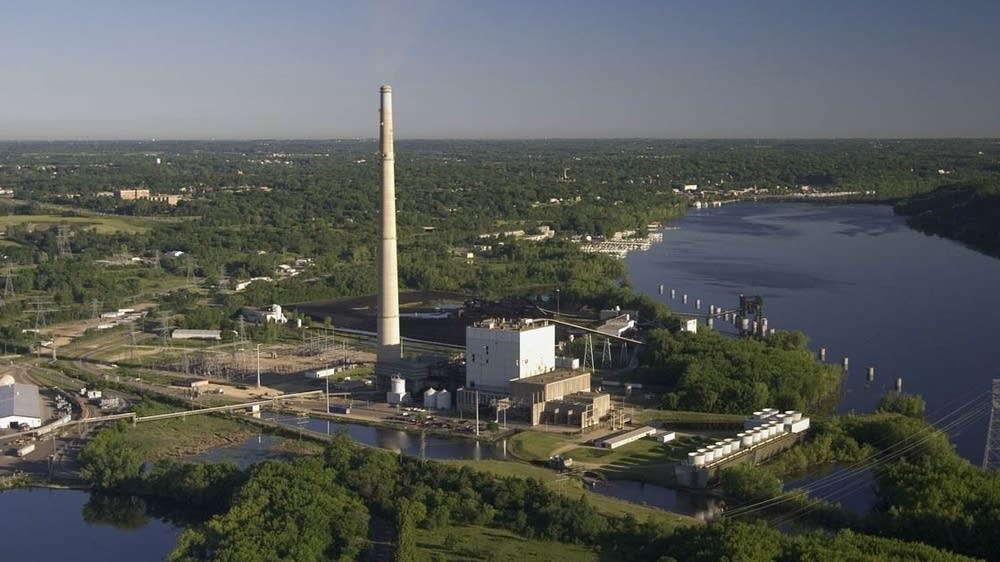


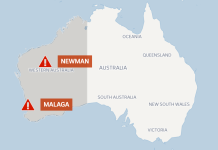
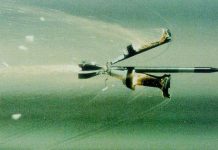
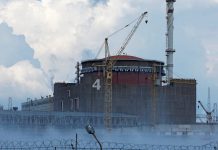


https://bobnicholssaidwhataboutyourradiationthisweek.com/
Yes, this would not be surprising. Nope, not at all.
Free fish dinners to all demon crats and all illegals in the USA, come and get it, you love free stuff.
The only safe level of cesium radiation is ZERO.
Is that an actual picture of the fish with five times the permitted radiation on the video? I’m surprised it doesn’t look more deformed.
Well the good news is at least you don’t have to cook it first before you eat it.
yes. Radioactivity kills from the inside!
Yep, that’s what I said last Fukushima article—sushipocalypse.
Too bad, all that wasted fish, and then it’s in the food chain now. So, other fish will eat these radioactive fish, and become contaminated.
Sad day.
Another thing about fish. When you catch them, and clean them, you can check for tumorus growths on the internal organs. I was taught this back in 1971. Old fisherman was teaching us tricks. Like you can cut open the stomach to see what the fish has eaten. Then you know what bait is the best.
Usually you find flies and grubs. So, if you have more nymph/ grubs, you use a bait like a nymph, or you can use a sinker, leader, and fish the bottom. If you see flies, then you can use the appropriate fly that matches the bug hatch going on. Cadis and wolf flies worked well back in those days.